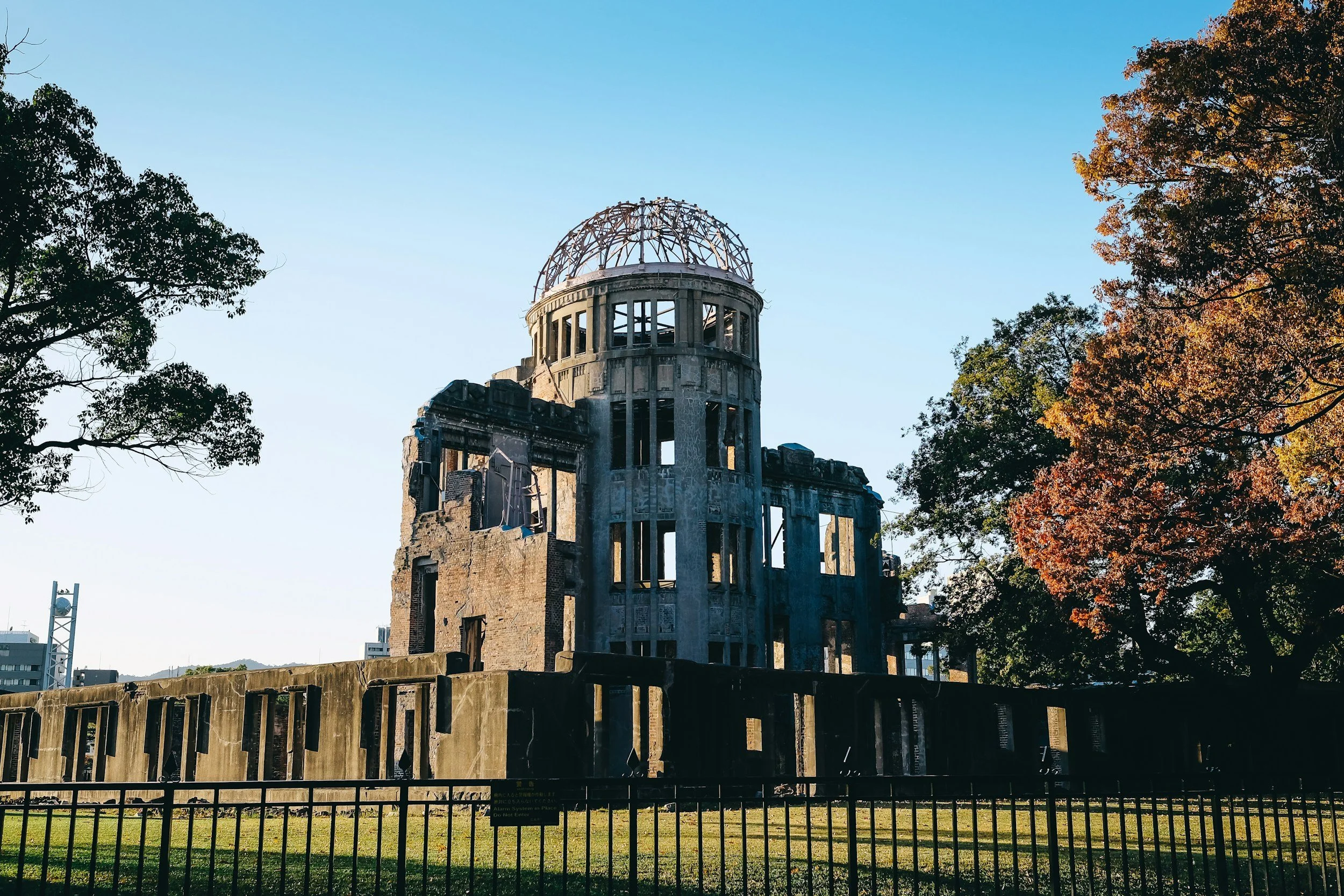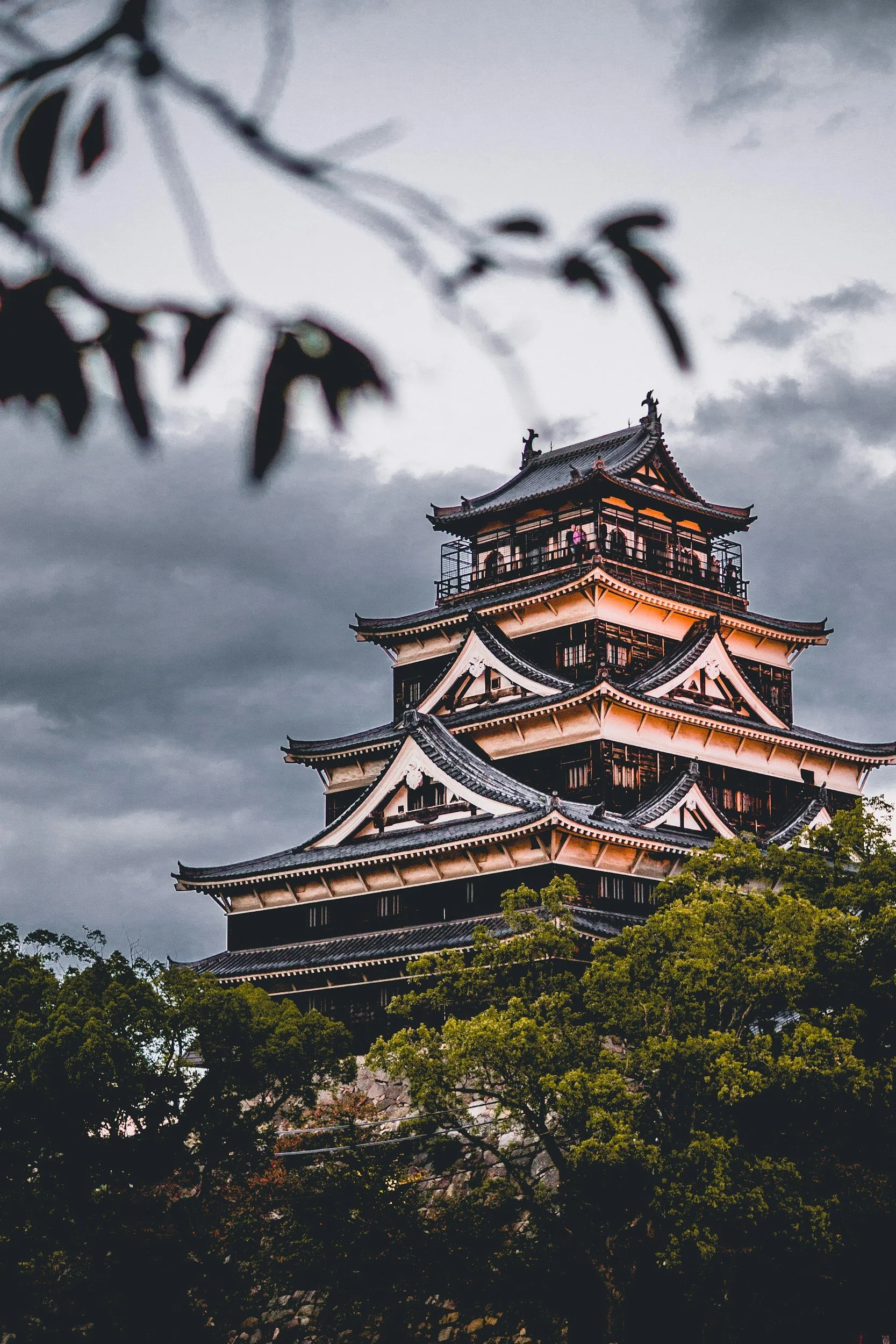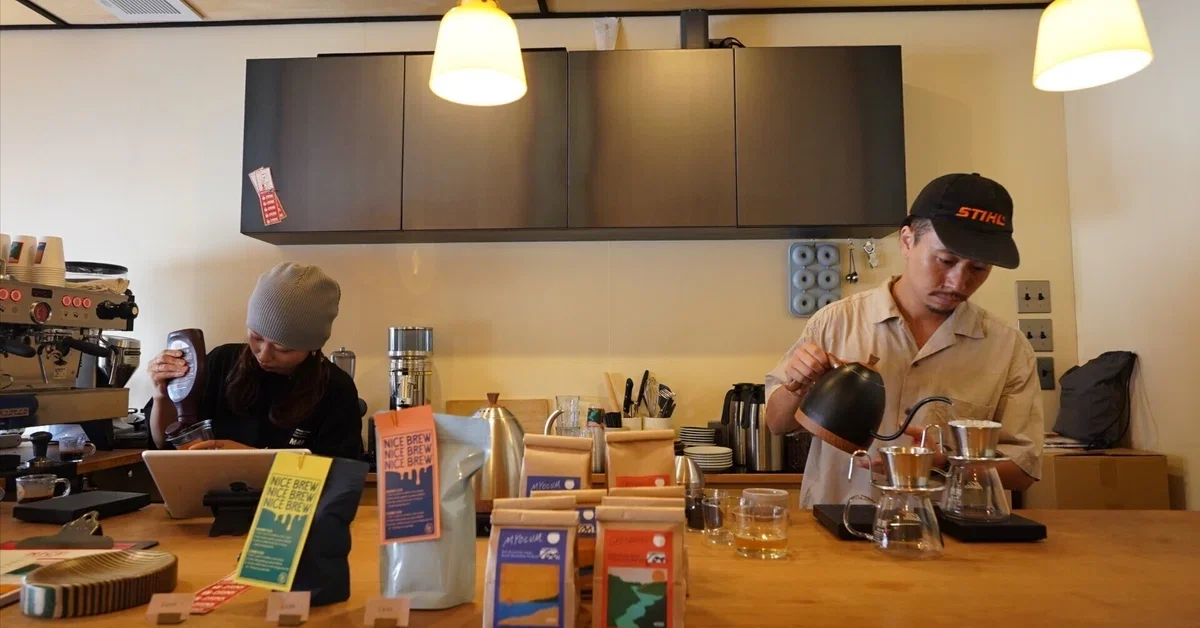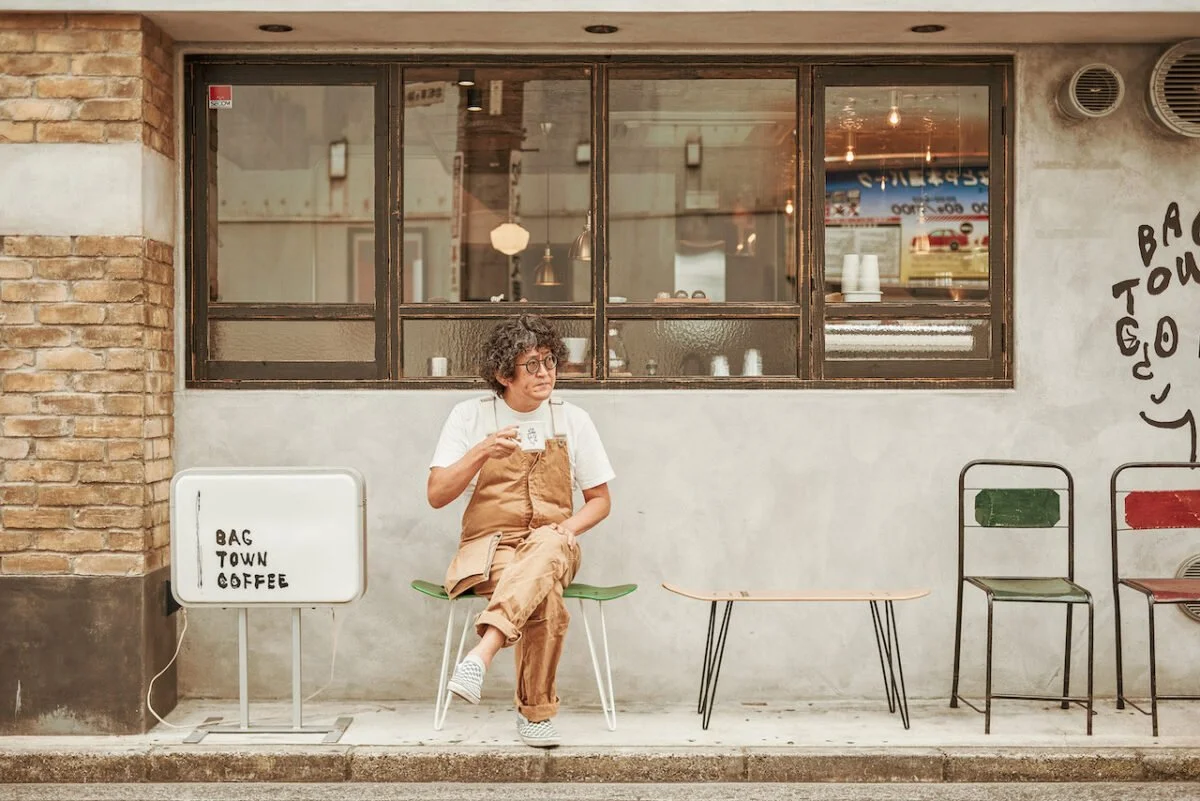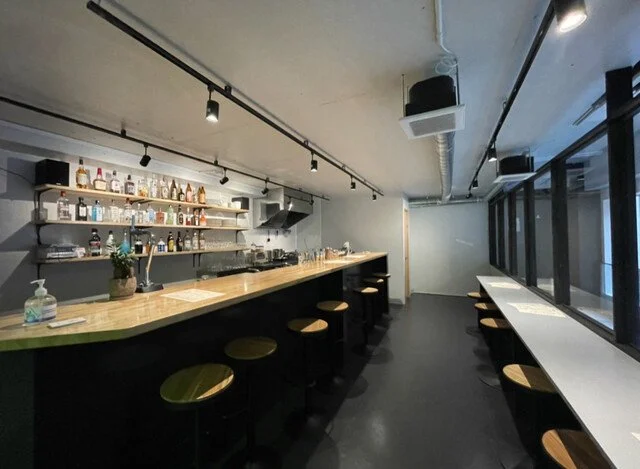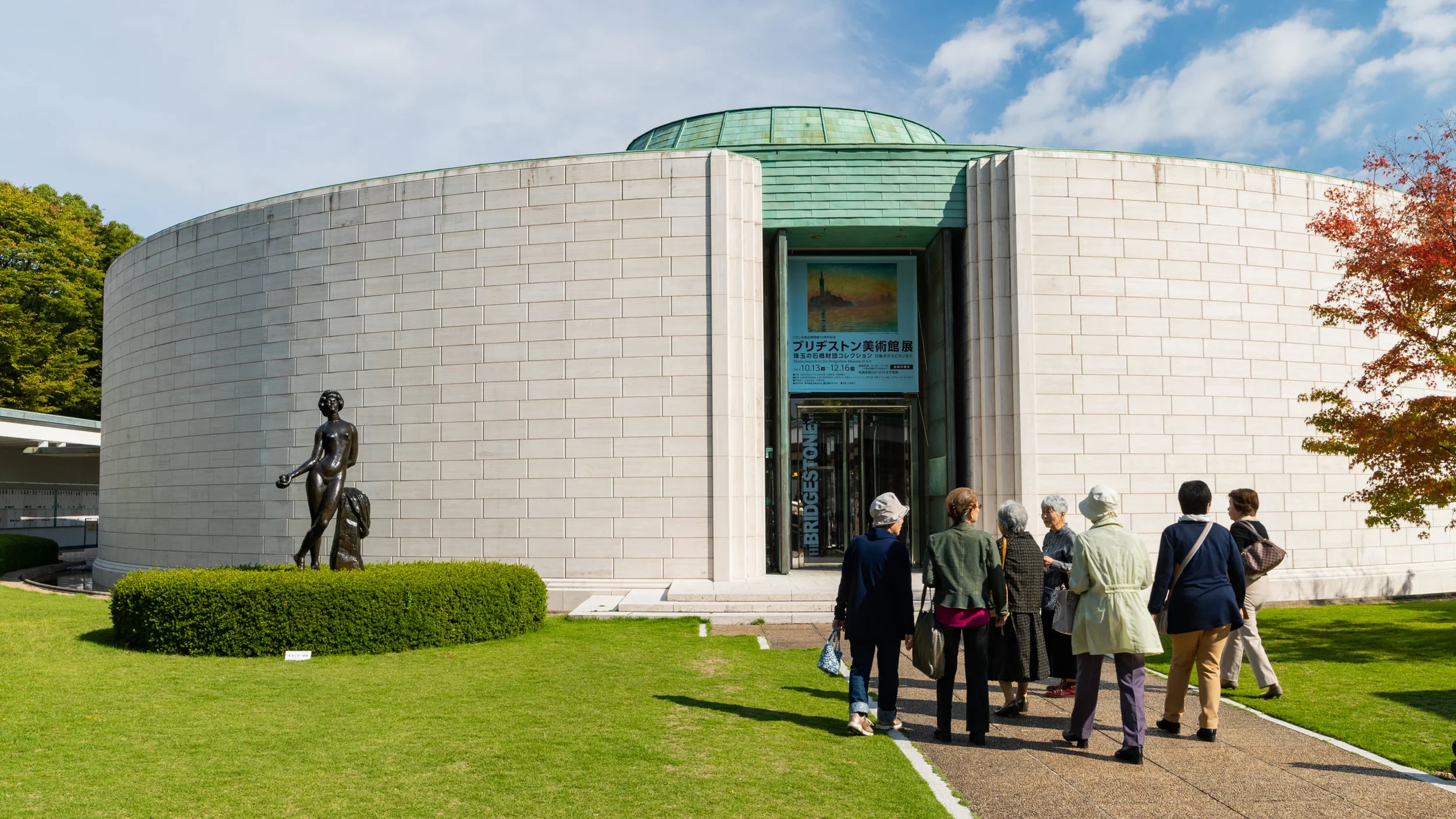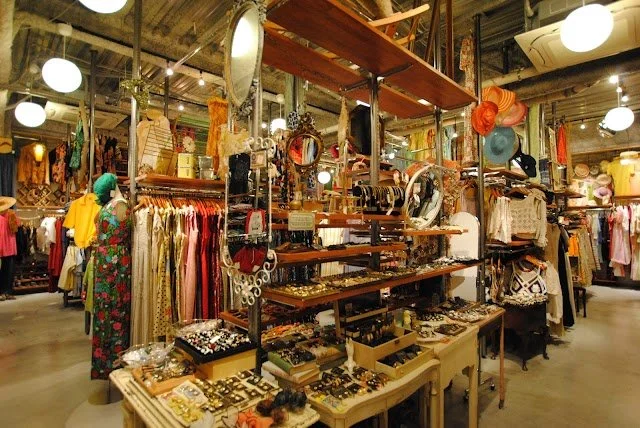Hiroshima
Hiroshima, located in the southwestern part of Japan’s Honshu Island, is a city that carries a profound history yet offers a vibrant present. Most known worldwide for being the first city targeted by an atomic bomb during World War II on August 6, 1945, Hiroshima has since transformed itself into a symbol of peace and resilience.
The city’s rich history goes beyond that tragic moment. Hiroshima was originally a castle town in the 16th century, flourishing through the Edo period and evolving into a modern urban centre. Today, visitors can explore the Peace Memorial Park, which contains the Atomic Bomb Dome, a UNESCO World Heritage site, and the Peace Memorial Museum that poignantly tells the story of the city's devastation and recovery.
Aside from its historical significance, Hiroshima is a wonderful addition to your Japan itinerary due to its lush surroundings, delicious local cuisine, and friendly atmosphere. The city is famous for okonomiyaki, a savoury Japanese pancake layered with cabbage, seafood, and noodles, which makes for a must try dining experience. Plus, just a short ferry ride away is Miyajima Island, featuring the stunning floating torii gate of Itsukushima Shrine, offering breathtaking views and tranquil nature walks.
Hiroshima blends a sobering historical context with natural beauty, culinary delights, and a hopeful spirit making it an unforgettable stop on any trip through Japan.
Fast Tips
-
2025 - Stayed at the Comfort Hotel Hiroshima for 2 nights.
-
The best way is by train, specifically the Shinkansen (bullet train) from major cities like Tokyo or Osaka. From Tokyo, hop on the Tokaido/Sanyo Shinkansen line, it’s a smooth 4-hour trip on the Nozomi train, which is the fastest option. From Osaka, it’s even quicker, around 1.5 hours.
If you’re dreaming of a budget-friendly option, overnight buses run between these cities and Hiroshima, but they take a lot longer (like 12 hours) and aren’t as comfy unless you’re a champ at sleeping upright.
-
The city is famous for its nostalgic streetcars (trams) that chug through the city centre, making travel straightforward and scenic.
Hiroshima Electric Railway operates these trams, linking key spots efficiently. Buses complement the network by serving areas the trams don’t quite reach.
-
Okonomiyaki – Hiroshima-style okonomiyaki is a stacked savory pancake layered with cabbage, bean sprouts, pork, noodles, and topped with a special okonomiyaki sauce.
Anago Meshi – Fresh grilled conger eel served over rice, often glazed with a sweet soy based sauce. It’s a tender, flavourful dish unique to Hiroshima’s proximity to the Seto Inland Sea.
Kaki no Dote Nabe – A hearty oyster hot pot featuring plump Hiroshima oysters simmered in miso-based broth with vegetables and tofu.
Momiji Manju – Sweet maple leaf shaped cakes filled with smooth red bean paste or sometimes custard or chocolate. These are a popular local souvenir and a quick sugar-hit after exploring Hiroshima.
Hiroshima Ramen – Unique ramen style with a soy sauce-based broth, incorporating local seafood, and thick alkaline noodles, often garnished with spring onions, bamboo shoots, and char siu pork.
-
As a queer male I felt completely safe here. Japan is known for its safety and incredibly polite population so make sure to be respectful back.
-
3-4 nights is the perfect amount to get everything done in Hiroshima, plus gives a bit of time to explore outside the city like Miyajima Island which takes up a full day.
-
Looking for a spot to crash in Hiroshima? You’re in luck. Whether you’re after a swanky hotel, a cosy ryokan, or a budget-friendly joint, Hiroshima’s got you covered.
Luxury & Boutique Stunners:
Sheraton Grand Hiroshima Hotel: Right next to the station, perfect for those wanting easy access and sleek comfort.
Granvia Hiroshima: Fancy digs with spacious rooms and top notch amenities, ideal for spoiling yourself.
Hotel Granvia Hiroshima: Perfect blend of modern convenience and refined style great if you want a plush stay with quick train access.
Mid-Range Marvels:
Hotel Sunroute Hiroshima: A good balance between price and comfort, located in the city centre.
Daiwa Roynet Hotel Hiroshima: Clean, modern, and wallet friendly, with friendly service to boot.
Budget-Friendly Gems:
Capsule hotels and hostels like Capsule Hotel Anshin Oyado Premier or K’s House Hostel offer fun, quirky stays that won’t blow the budget.
Business Hotels: Chains like Toyoko Inn provide practical, no frills accommodation perfect for travellers keen to save a buck.
Ryokans & Traditional Stays:
For a bit of culture, try a local ryokan for tatami floors, futon beds, and that authentic Japanese vibe.
-
Check out below in the ‘Sees’ but also the Hiroshima official website is a great source for ideas.
Eats, Sips & See
NICE COFFEE STAND
Hiroshima has great coffee (as you’ll notice from the multiple coffee options), but my pick of the bunch is this small but mighty hole in the wall. Serving as small pastries and wonderful coffee, it’s simple but effective.
COFFEE & WINE COIN
Ignore the coffee in the name because you should only be coming here for wine. Japan is a bit and miss for wine, but this spot is the exception. No list, the lovely man behind the counter will ask if you want white or red and then pour something incredibly interesting. You can offer more insights like body and he’ll adjust the selection, but every drop was impressive.
BAGTOWN COFFEE
If you’re looking to purchase coffee, Bagtown has you sorted. Located very centrally, this place is set up to buy beans yo what amount you would like and has a vast array of options and price points. Plus get 200gm or more and they’ll make you a coffee to go along with the bag.
CALIBAR
Japanese curries are incredibly underrated so I was pretty happy when I stumbled across this upstairs haunt online. Open for lunch as well, this no frills, very chill bar and curry spot knocks out some punchy flavours. The service by the owner is what really sells it, with incredible English, he’ll have a chat and serve you up a very cool spicy bowl of goodness.
24/7 COFFEE & ROASTER
The most mod of the coffee options, with a simple and sleek concrete design, this is for the cool kids who like their coffee with a touh of minimalism. The extra plus here are the sandwiches which are as delightful as the coffee.
MICCHAN SOHONTEN JIZO STREET
Now you can’t really go wrong with okonomiyaki in Hiroshima, it’s what they’re known for, but this one was recommended by the owner of ‘Calibar’, and it really is a locals go to. The savoury pancake was delicious and incredibly filling, and it’s large enough that getting a table is easy or the wait time moves fairly fast.
ONOMICHI RAMEN AKATSUKI
Specialising in Onomichi style ramen, which is light chicken and soyu soup, this ramen is my pick of Hiroshima. The broth was super light and tasty, and the fillings and noodles are with great bite and flavour. One not to miss.
KEI (KNOT ROOFTOP BAR)
Yes it is a hotel, but the rooftop is equally luxe and cool all at once. It’s giving very New York with its cocktails and design and the best part is that you can stay inside or enjoy the sun if it’s out, making it perfect all year round and for anytime of your evening.
HIROSHIMA MUSEUM OF ART
The Hiroshima Museum Of Art, nestled in the serene Shukkeien Garden, showcases a diverse collection of Western and Japanese art, spanning from the Renaissance to modern day. It emphasises post impressionism and modernism, featuring works by artists such as Monet, Renoir, and local Japanese painters.
SIMOSE ART GALLERY
The Simose Art Museum in Hiroshima is a vibrant space showcasing contemporary artworks that blend traditional Japanese aesthetics with modern creativity. Known for its interactive exhibits and community events, it offers visitors a playful yet profound exploration of art in the heart of Hiroshima. It does take a bit of time to get there, so make sure to plan ahead. But it is worth it once you arrive at the location by the sea.
ATOMIC BOMB DOME
The Atomic Bomb Dome in Hiroshima, officially known as the Genbaku Dome, is a hauntingly preserved ruin of the former Hiroshima Prefectural Industrial Promotion Hall. It was one of the few structures left standing near the epicenter of the atomic bomb explosion on 6 August 1945. Today, it serves as a powerful symbol of the devastating impact of nuclear warfare and a call for world peace and is a cannot miss in Hiroshima.
FUKUMA
There are a lot of chain clothing stores in Japan, but this small family run store is such a wonderful one to check out. Go with the intention of buying a bougie umbrella, because the umbrella collection does not come to play. There is a bit more on offer, mostly female clothing, but the long wall of umbrellas is the real attraction.
BIG TIME VINTAGE
Japan is known for its vintage shopping, but a lot of the time, it’s not great and the market is oversaturated. My choice of the bunch is Big Tim Vintage, and the Hiroshima space is large with incredible options plus mid pricing, with some steals hidden along the way.
*media & images courtesy of publications, establishment websites and social media pages as well as Tripadvisor. I do not claim to own some of the images provided.
